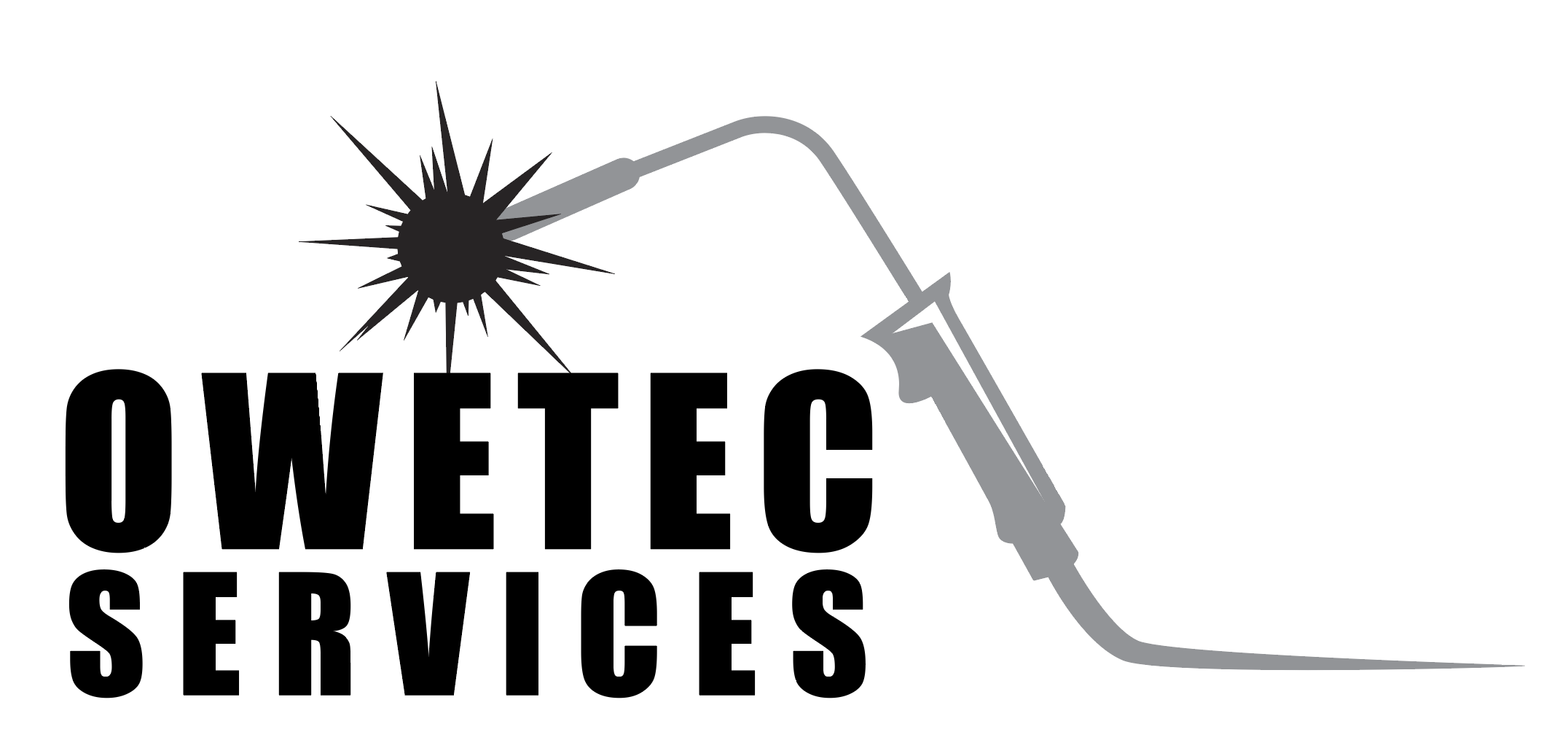Because of the speed of wire feed welding, welders transitioning from more demanding manual processes often enjoy their first experience with wire feed processes like gas metal arc welding (GMAW) or flux-cored arc welding (FCAW). Pairing wire feed technology with automated orbital welding provides a similar experience. In fact, orbital wire feed welding is one of the best methods for welding pipe. Instead of manually adjusting every variable during the welding process, the welder simply sets up the machine and monitors the weld to ensure it is completed correctly.
However, as effective as orbital wire feed welding systems are at improving productivity, they are not magical. These are complex, precision machines with parts that can wear out or lead to weld defects due to improper maintenance. While orbital wire feed welding problems do occur, they are usually easy to remedy, and many can be prevented by maintaining the equipment properly.
How Orbital Welding Avoids Wire Feed Liner Problems
Experienced orbital welding machine operators will likely first suspect the wire feed liner when a wire feed problem arises. The most common issue in GTAW, FCAW, and most wire feed welding processes is a worn feed liner. This component guides the wire from the spool—typically mounted inside the machine—out to the weld head. Over time, the smooth interior of the liner can wear away, increasing friction with the wire. This causes the wire to slow down intermittently before shooting out with excessive force once the friction is overcome. This can result in the wire melting back or tapping into the workpiece unexpectedly.
Issues with the wire feed liner are less common in orbital welding, primarily because the distance between the wire spool and the weld head is much shorter than in manual welding. Additionally, the wire feed liner in orbital welding is not subjected to the same amount of tension, twisting, or general wear as it is in manual welding, where it is part of the connection between the welding gun and the power supply. However, in orbital welding, wire liners may still need to make one or two tight bends to keep a small envelope size. These bends are potential wear points. Following a proper maintenance schedule and conducting regular servicing will prevent this issue from arising.
Common Orbital Wire Feed Welding Problems
Orbital wire feed welding problems are often related to difficult work materials or issues unique to the orbital process. One of the key advantages of orbital welding is its ability to weld pipes in confined spaces, such as those found in factories, refineries, and production sites. To fit into these small areas, the wire spools must be tightly wound so they can be mounted on the weld head while maintaining a low profile.
Since orbital welding is largely automated, hardware issues can cause wire feed problems due to mistiming. If an operator encounters orbital wire feed welding problems, the most common causes include:
- Incorrect Wire: Using the correct wire is crucial from both a materials and process standpoint. A wire diameter that is slightly too large can cause the wire feed to bind up, feed unpredictably, or not feed at all.
- Incorrect Conduit Size: Another common cause of orbital wire feed welding problems is an incorrectly sized conduit for channeling the wire. This can create issues similar to a worn wire feed liner, though in this case, the conduit itself is too small to allow the wire to move freely.
- Faulty Hardware Connections: Since orbital welding is largely automated, any hardware issue, such as a loose connection in the weld head or between the weld head and the power supply, can cause mistimed signals that disrupt the wire feed.
- Calibration Issues: An orbital welding machine that is out of calibration can cause timing issues, leading to inaccurate sensor readings. This results in improper machine responses, such as feeding too little or too much wire into the weld puddle, affecting weld quality. This problem is best addressed by the manufacturer or a certified service provider.
Another potential cause of orbital wire feed welding issues is the welding filler material itself. While orbital welding is commonly used with materials like carbon and stainless steels, it is often the preferred method for piping and tubing made from high-specification, expensive alloys like Inconel and Hastelloy®. These alloys are very strong, and the filler wire made from them is often stiff and inflexible.
Orbital welding with wire made from such alloys in tight or inaccessible locations can cause a number of problems due to the combination of stiff wire and tightly wound, compact spools. To avoid issues, it’s important to preemptively contact the manufacturer of the orbital welding machine to develop customized welding parameters, schedules, and methodologies that account for the unique challenges of these materials.

